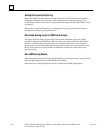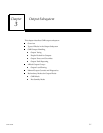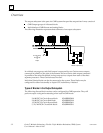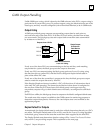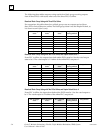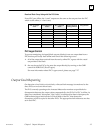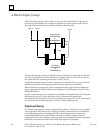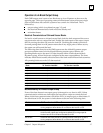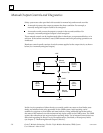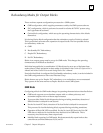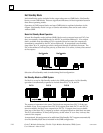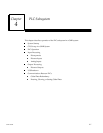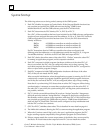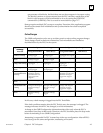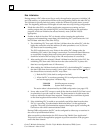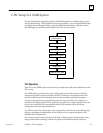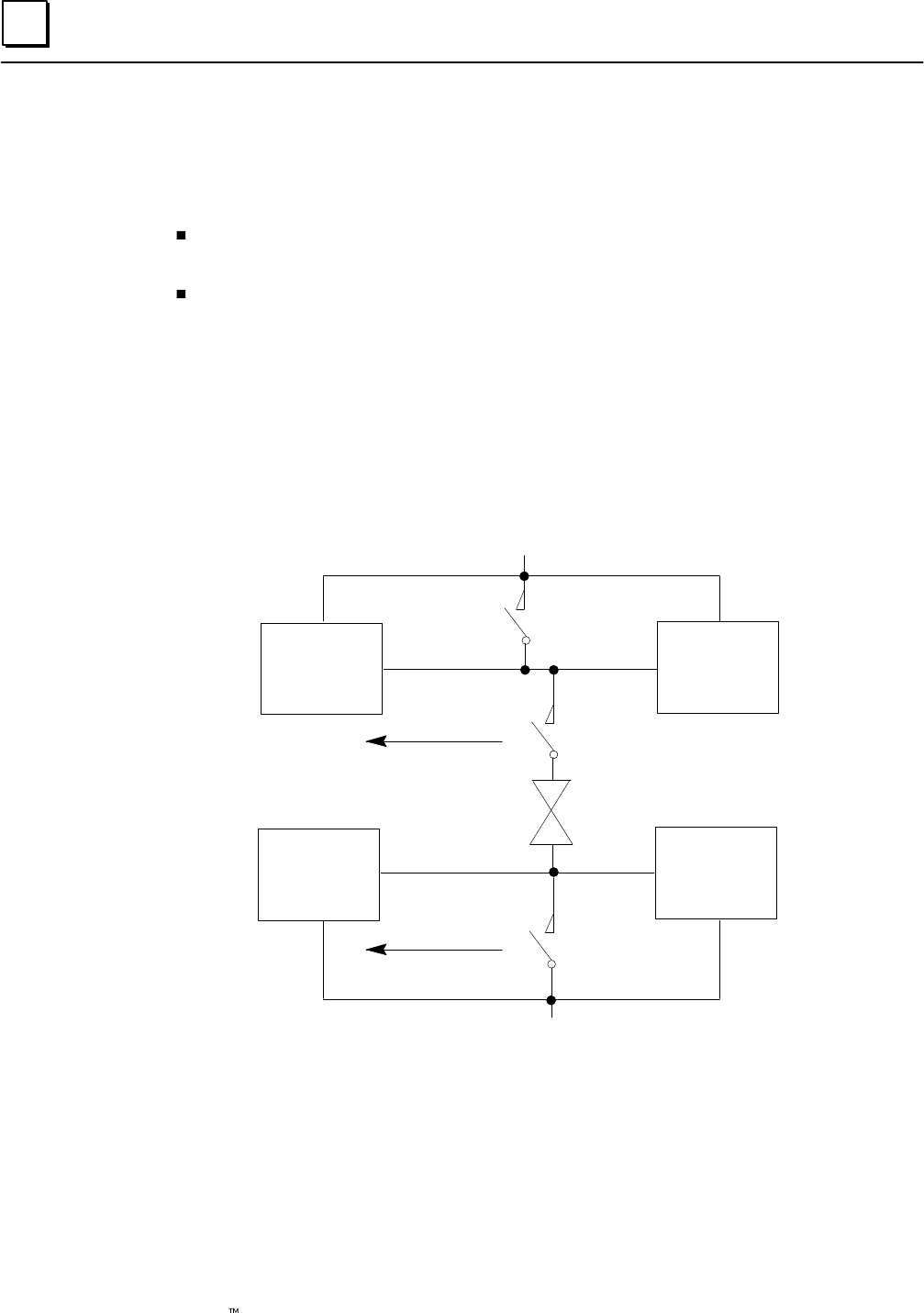
3
3-8 Genius Modular Redundancy Flexible Triple Modular Redundant (TMR) System
User’s Manual – March 1995
GFK-0787B
Manual Output Controls and Diagnostics
Safety systems are often provided with controls for manual trip and manual override.
A manual trip causes the output to assume the alarm condition. For example, a
normally-energized output would be de-energized.
A manual override causes the output to remain in the normal condition. For
example, a normally-energized output is held energized.
These manual controls can be implemented either in hardware, as represented below, or in
software. If the software method is used, GMR autotest and fault processing operations are
unaffected.
Hardware control usually consists of switch contacts applied to the output circuit, as shown
below (for a normally-energized output).
Source
Genius
Block
Source
Genius
Block
Sink
Genius
Block
Sink
Genius
Block
Manual
Override
+24V
System Input
Manual Trip
System Input
Manual
Override
LOAD
+0 VDC
In this circuit, operation of either the trip or override switch can cause no-load faults, state
faults, and autotest faults to be generated. In the GMR system, fault reporting can be
modified to suppress no-load faults and state faults by wiring additional inputs that reflect
the states of the manual override and manual trip input switch to the GMR system. The GMR
system then takes these into account before reporting faults. Use of manual controls does not
affect fault reporting for Short Circuit, Overtemperature, Overload, or Discrepancy faults.
(see chapter 5, “Monitoring Manual Output Controls”).



